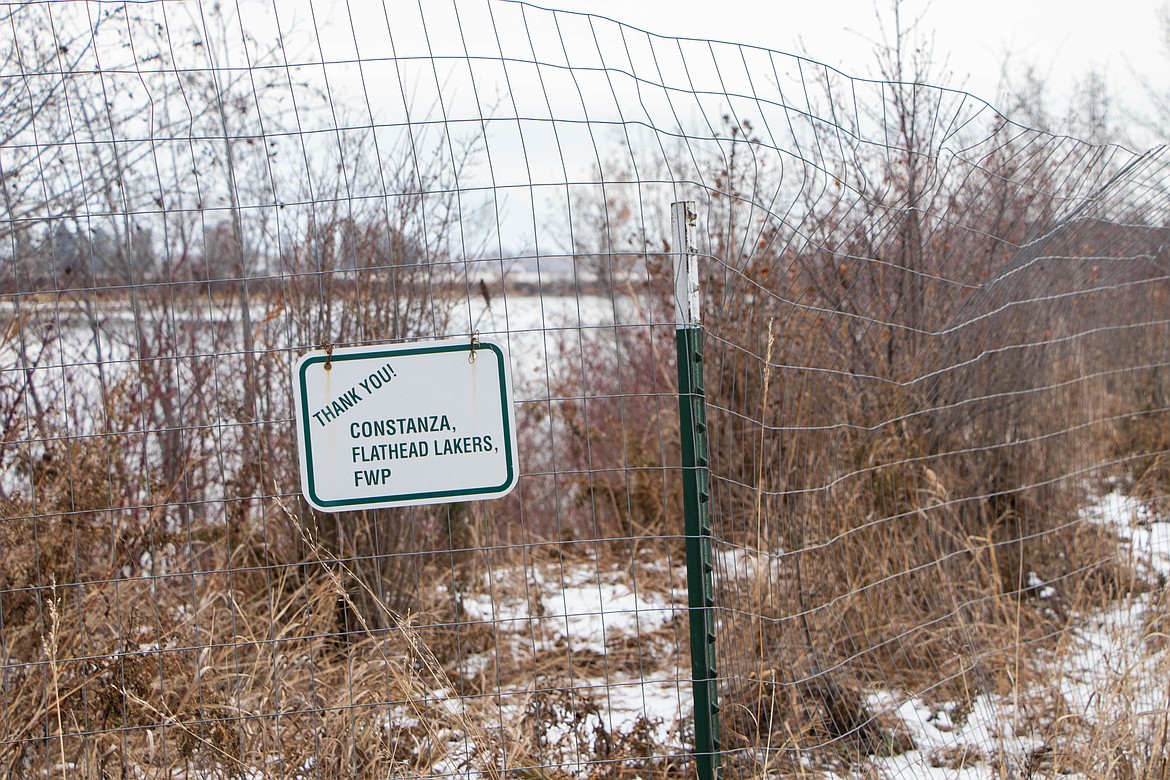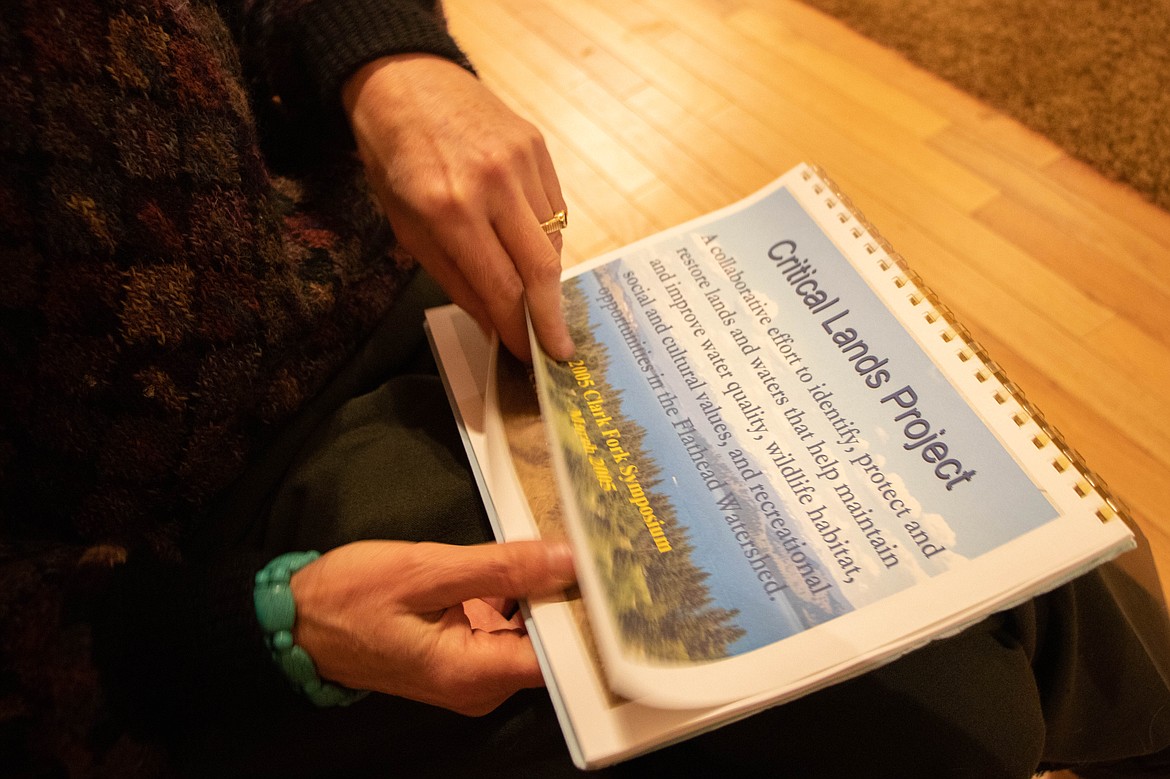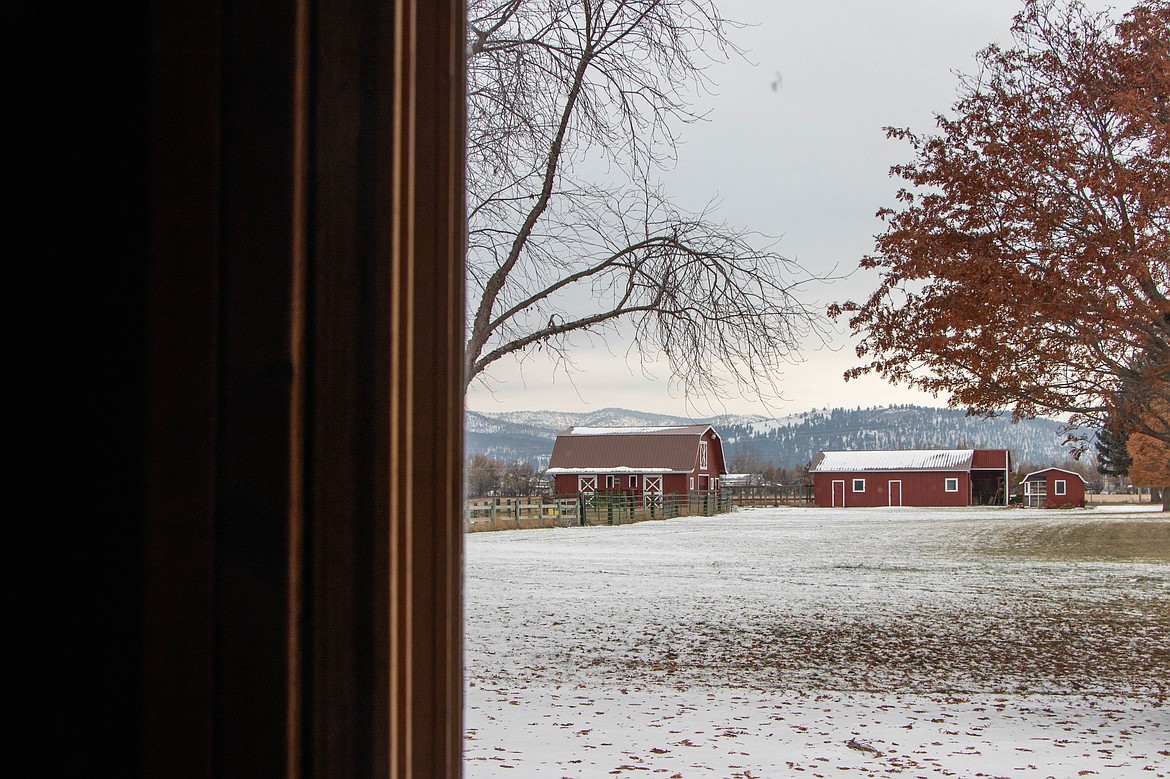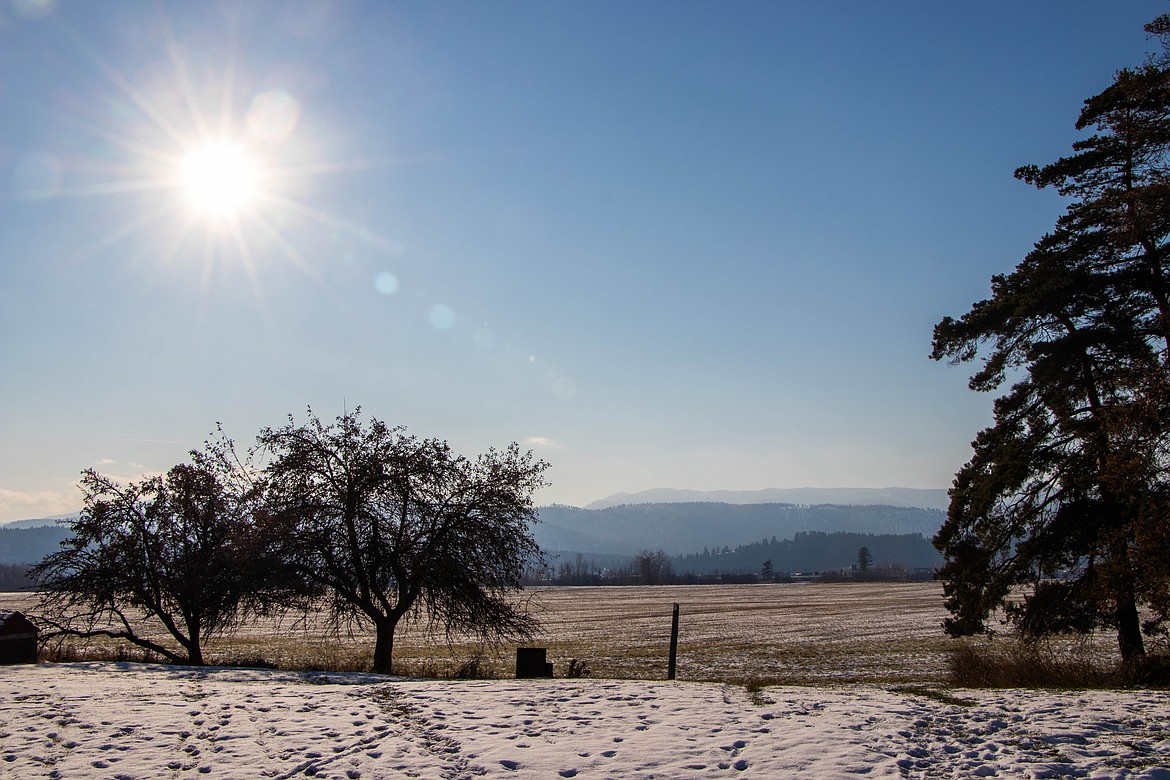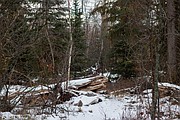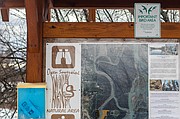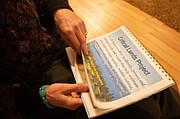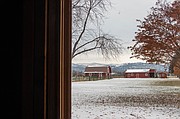Conservation initiative marks two decades of protecting critical lands
Twenty-three years ago, Constanza von der Pahlen worried about the longevity of the Flathead Valley.
The 1990s were a time of rampant development and growth in the valley, similar to today, and von der Pahlen knew that the land around the Flathead River and Flathead Lake was special — she saw a need to protect it.
Von der Pahlen, who at the time was the critical lands project leader for the Flathead Lakers, and other conservationists put together a scientific report pointing to the landscape’s high biological value and one where the natural resources were being threatened, bringing people together for the purpose of conserving lands around the lake and river.
“Credibly critical lands,” von der Pahlen calls them.
The process took three years. Out of this, the Flathead River to Lake Initiative was born.
The conservation partners found that there were essential resources from Columbia Falls to Flathead Lake, including fantastic riparian cottonwoods and a dynamic river system. While riparian areas and wetlands make up 3% to 4% of the landscape in Montana, over 75% of Montana wildlife is dependent on those lands, according to the nonprofit Flathead Lakers that aims to protect the quality of the Flathead watershed.
“There is just phenomenal wildlife still by us: a grizzly bear corridor, productive farm soil. And on top of that, no one was doing anything to conserve it,” von der Pahlen told the Inter Lake.
Now, the initiative is marking two decades of successfully protecting 12,000 acres of critical lands along the river and lake while still looking to increase that acreage.
The initiative provides conservation, restoration, and financial incentives to private landowners along the mainstem of the Flathead River to the north shore of the Flathead Lake who put their lands under conservation.
Some of the many partners involved in the collaborative effort include the Flathead Land Trust, the Flathead Audubon Society and the Flathead Lakers. The groups work to conserve and restore the river and lake to support water quality, scenic and recreation values, fish and wildlife and farmland.
The initiative provides incentives and options for interested landowners to encourage them to protect their land through conservation easements, or agreements between landowners and a land trust partner that will limit, if not prohibit, development and uses of the land in the future.
Through land assessments, the partners identify lands that are important to conserve within the river to lake geographic area. Then a partner directly reaches out to the landowner.
From there, if the owner is interested, the initiative begins a series of conversations to understand the landowner’s goals for the long term and for the initiative to showcase the importance of conserving the land.
“It may take a little bit of time, sometimes a lot of time,” said Paul Travis, the executive director of the Flathead Land Trust.
The conversation and follow up process can sometimes last nearly a decade.
There are two ways to do conservation easements: through purchase or donation. The bulk of easements are donated by landowners, which is when they donate the development rights to the land, ensuring conservation for the future. In essence, landowners can control what happens to the critical land when they are gone.
Donated conservation easements go through an appraisal process. When landowners donate, that value is deductible from their federal income tax.
Purchased conservation easements are often used on land with convincing reasons for conservation, such as high end soils, sizable farm land, and land essential to keeping the water clean. The initiative applies for funding to purchase the easement, ultimately paying the owners in cash. Landowners will typically close what is called a bargain sale, where 50% to 75% of the easement is purchased and the rest is donated.
Conservation easements do not automatically mean that the land is publicly accessible; the easement itself does not mention access. Whether or not the public can access it is up to the landowner.
ONE LANDOWNER who has participated in the initiative is Liz Seabaugh, who lives in the Lower Valley south of Kalispell on acres of farmland, near the river bank of Stillwater River.
Her children, and now her grandchildren, grew up exploring the riparian acreage and country home, now where the entire family gathers to celebrate Thanksgiving each year. Three generations of Seabaughs, each able to enjoy the critical lands below their feet.
The Seaboughs moved to the valley in 1970. Liz and her late husband, Rusby, placed conservation easements on two of their properties in 2004 near Weaver Slough and Foys Bend, two of the first large-scale conservation projects completed by the River to Lake partners. They adored the land, and as a result, wanted to preserve it.
Rusby was a “planting fool,” Liz says while sitting in her home. Large windows frame the back of the house, overlooking a field lightly covered with snow, trees in the distance; a river bank only a few hundred yards to the left.
Conservation was always a part of their lives. Rusby planted thousands of trees, including numerous fruit trees. An apple tree in the backyard, for example, turns into a sneaky treat for bears every now and then, Liz said.
Rusby was a urology surgeon, for a while the only one in the valley. He was always on call, so the land gave him something to do while he waited. When he was home, he was often outside.
“It is comforting to know that while our valley changes daily, some special places will remain untouched and preserved,” Liz said.
A common sentiment among Montanans is that special connection to the land. As those feelings of appreciation for the land grow, so does the desire to protect them.
“We need to start maintaining more farmland,” said Bruce Louden, a farmer who lives down the road from the Seabaughs.
Bruce and his wife Janice placed more than 1,000 acres of riverfront farmland into a conservation easement in 2010 — another success story for the River to Lake Initiative.
Bruce’s cousin, Ben Louden, also has a conservation easement on his land.
The Louden family has been farming that land for over 50 years. A conservation easement gave them the assurance that would continue.
The easement not only protects hundreds of acres of farmland, but it also protects 4 miles of the river from development. While it took some convincing, Bruce said, it is a “real good thing for people to think about if they want to support the area.”
HOPING FOR more success stories, like the Seabaughs and the Loudens, as the initiative enters into its third decade of conservation work, the initiative has begun fundraising for its next project. It’s aiming to place the Owen Sowerwine Natural Area under conservation.
The Flathead Land Trust is seeking to purchase an easement on the 442 acres in a complex section of the Flathead River. The Montana Audubon Society, Flathead County Audubon Society and Flathead County have leased the area as a natural area.
Owen Sowerwine is state owned school trust land, managed by the Montana Department of Natural Resources and Conservation, to generate income for K-12 schools in Montana. A purchased conservation easement would protect the property’s habitat, ensure public access, and provide revenue for Montana schools.
Following a public scoping process, the easement would need to be approved by the State Land Board.
Since the land is state owned, there is no federal grant program available to purchase an easement. That means that Owen Sowerwine’s conservation will need to be completed by donation, a feat the initiative has done before, for example with the Danford Property in 2020.
The Flathead Land Trust this month held a fundraiser for the project with a Flathead River in Paint event at Montana Modern Fine Art, featuring paintings by 14 different artists. The collection of paintings will be auctioned off online at https://tinyurl.com/msdd75e4 until Dec. 7, and all proceeds will go directly to the easement.
The fundraiser is not only propelling the initiative forward into the future, but is also grounding the initiative in what has already been accomplished as the paintings feature conserved land along the Flathead River, capturing a multitude of ecosystems.
The natural area named after the late Owen Sowerwine of Kalispell, he was a New Jersey native who moved his family to Kalispell because of his love for the environment.
After Owen’s death in 1975, his son, David, became the family overseer for the farm, and in 1988 the family donated nearly 160 acres of land to the Flathead Land Trust — an early start to the conservation work the River to Lake Initiative would begin a little over a decade later.
“My father’s vision for the valley was to do everything we could, as early on as we could, to conserve the valley,” David said. “How wonderful that somebody at some time preserved the land for the future.”
Reporter Kate Heston can be reached at kheston@dailyinterlake.com.






